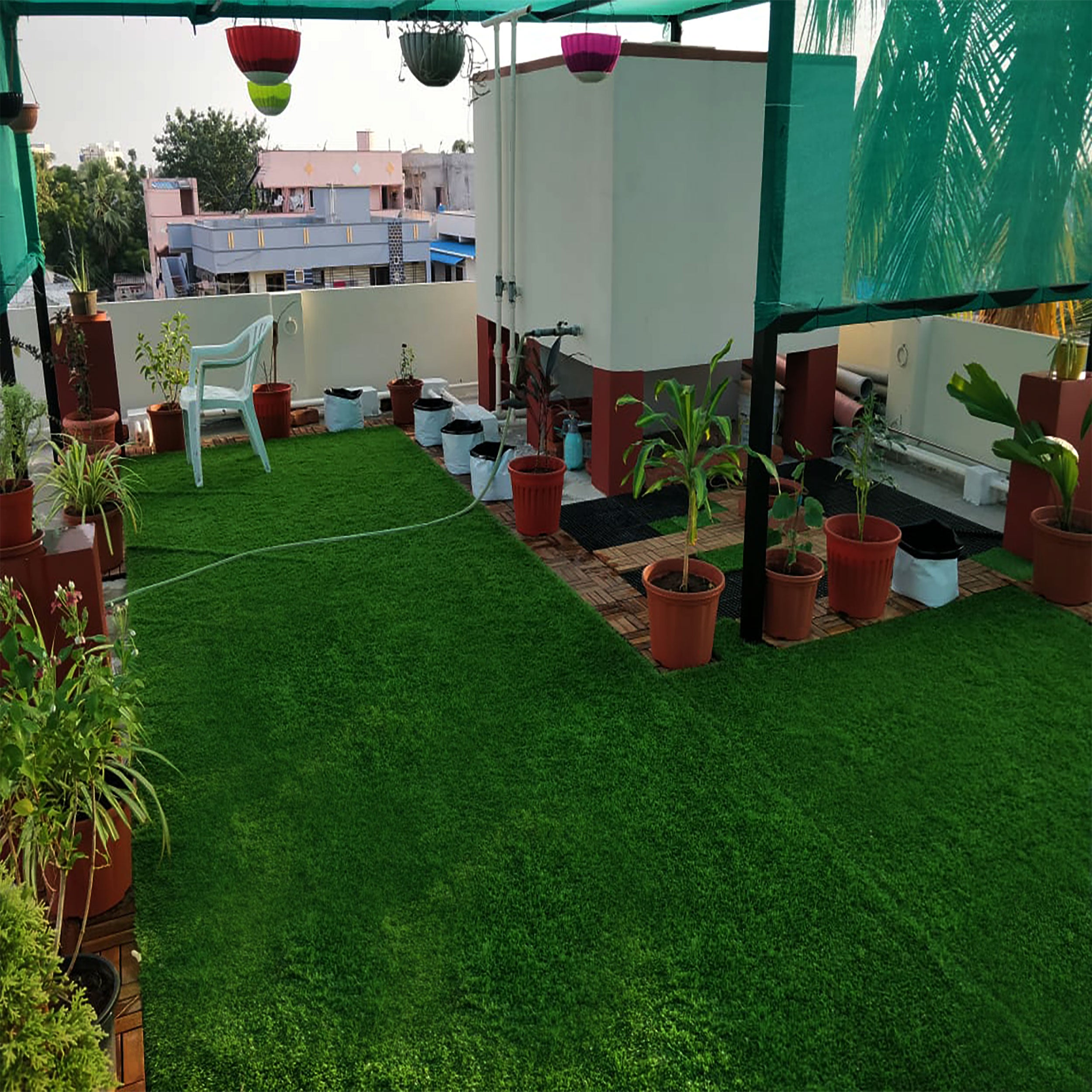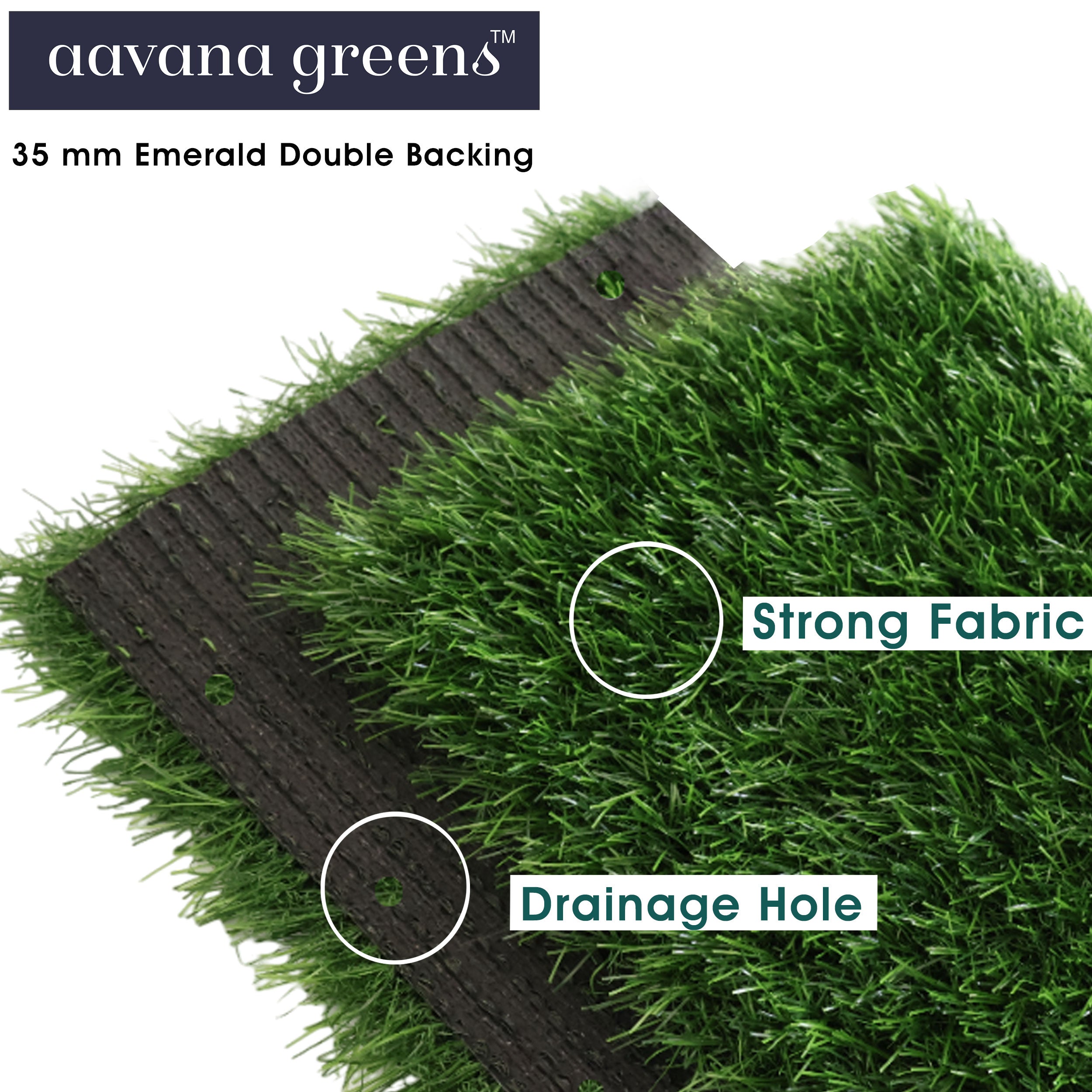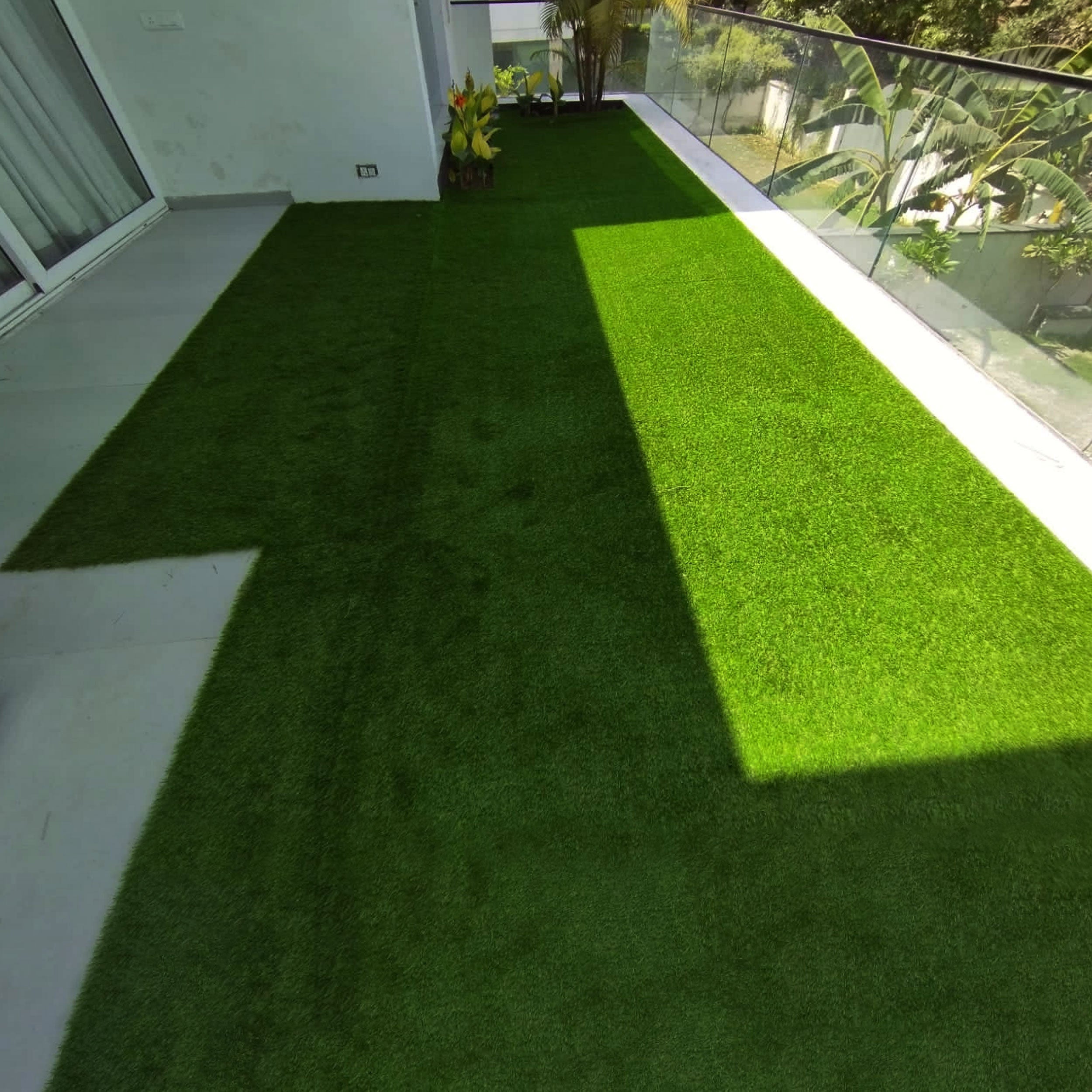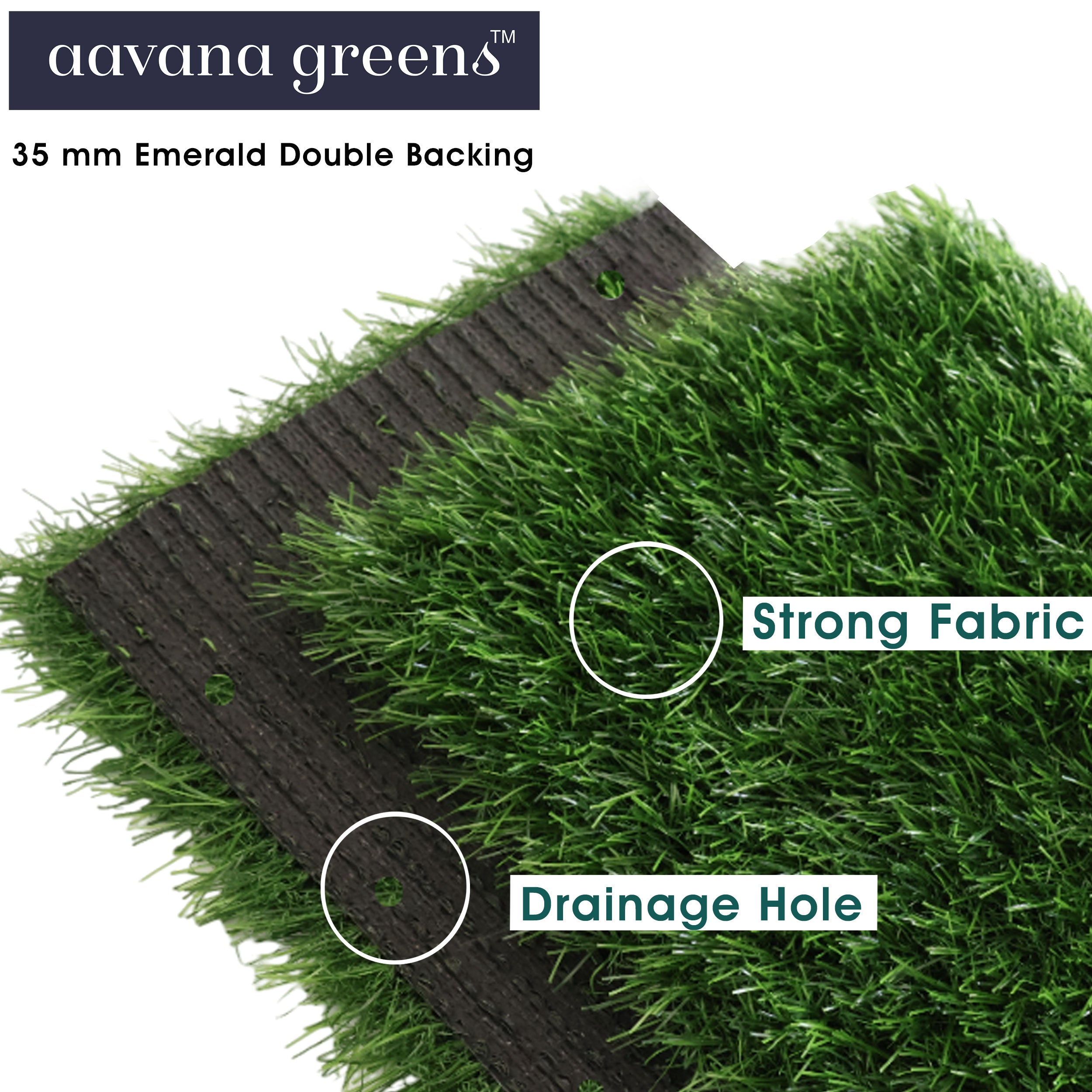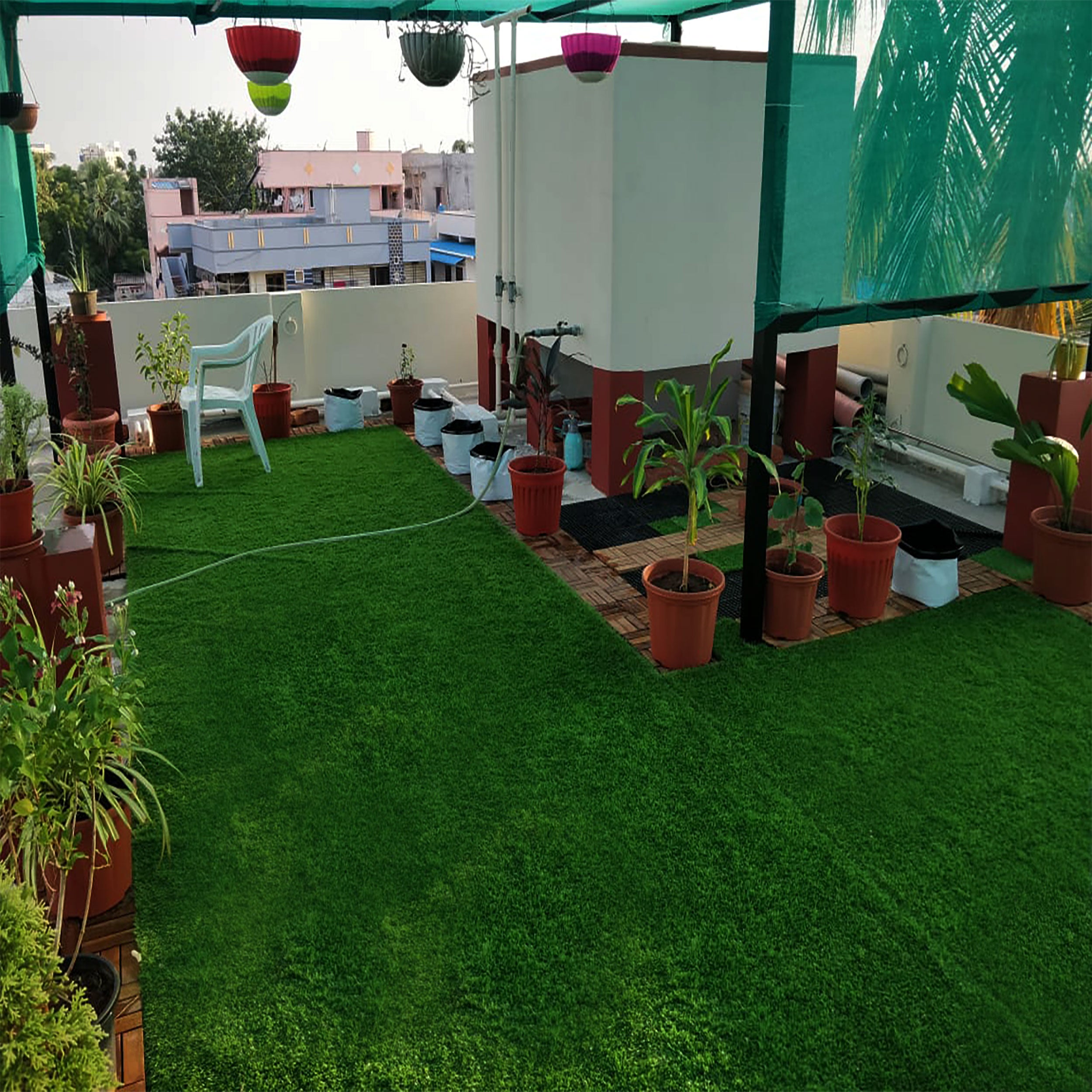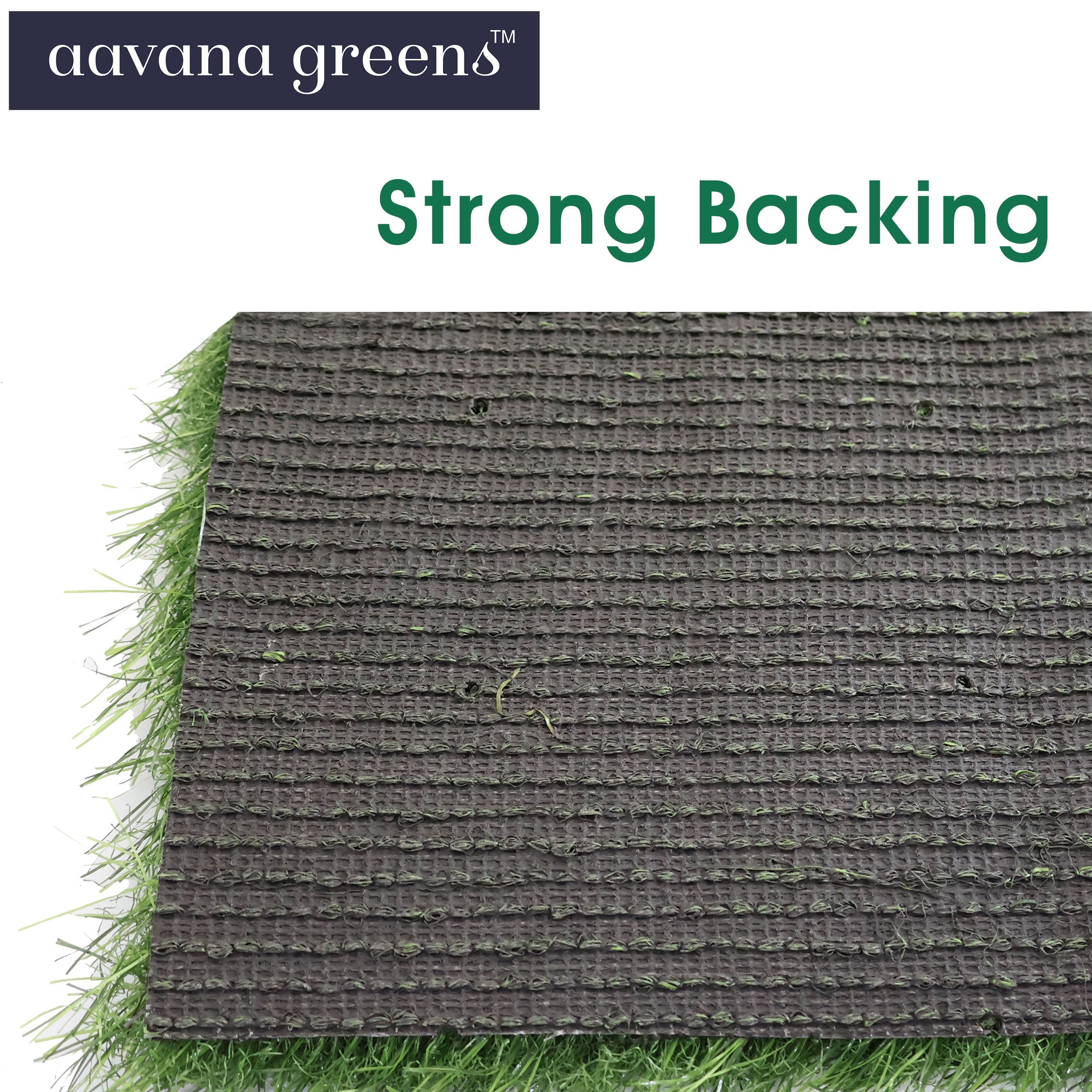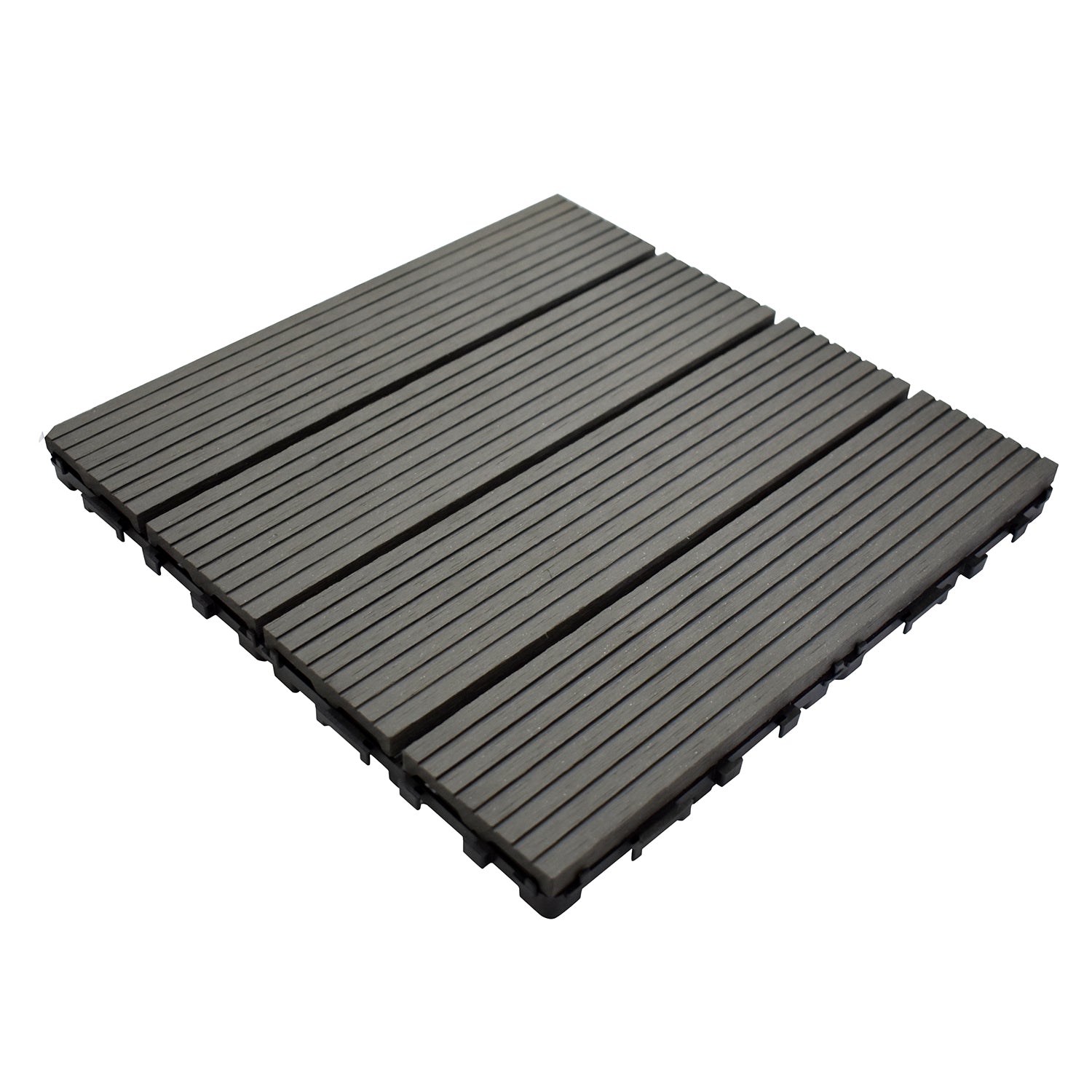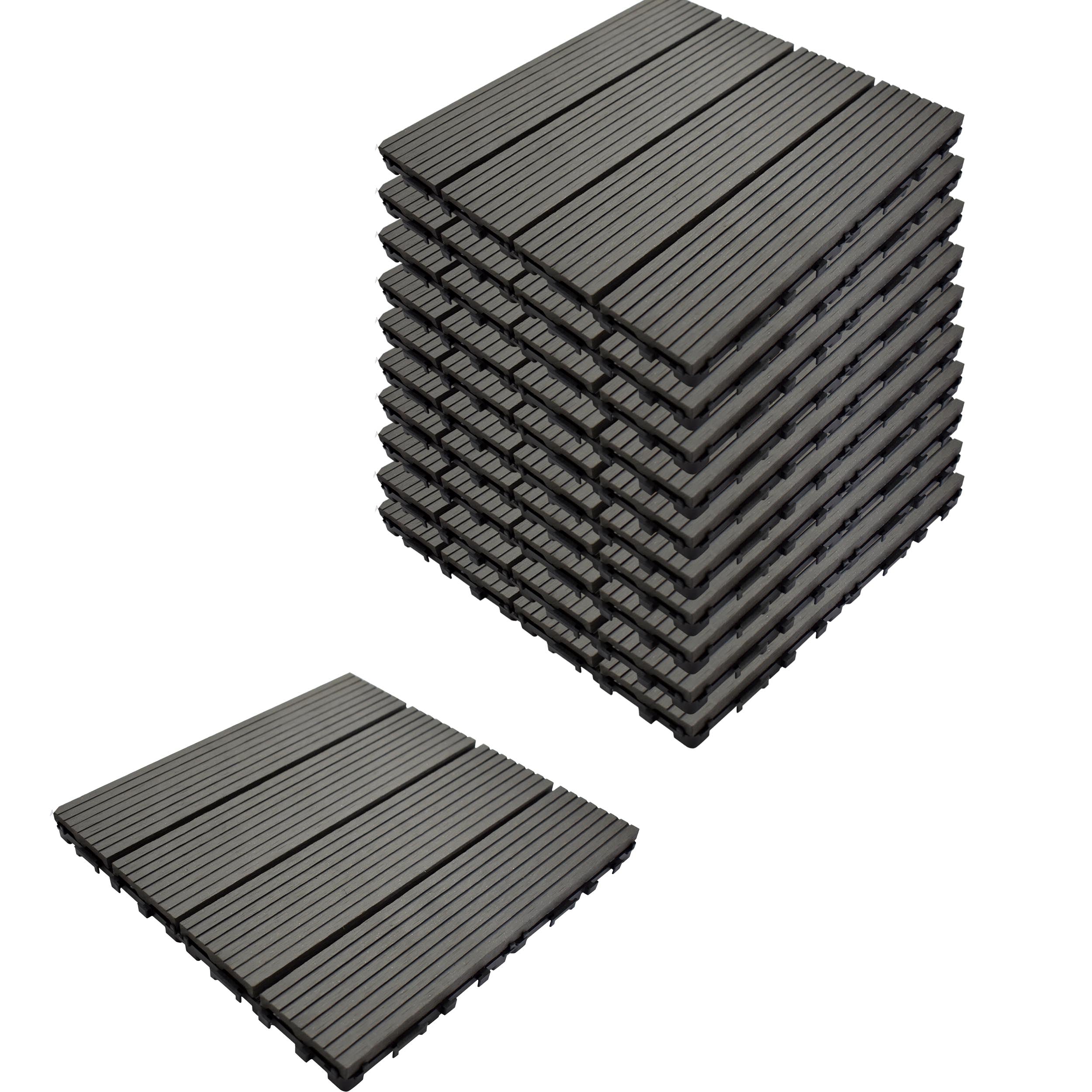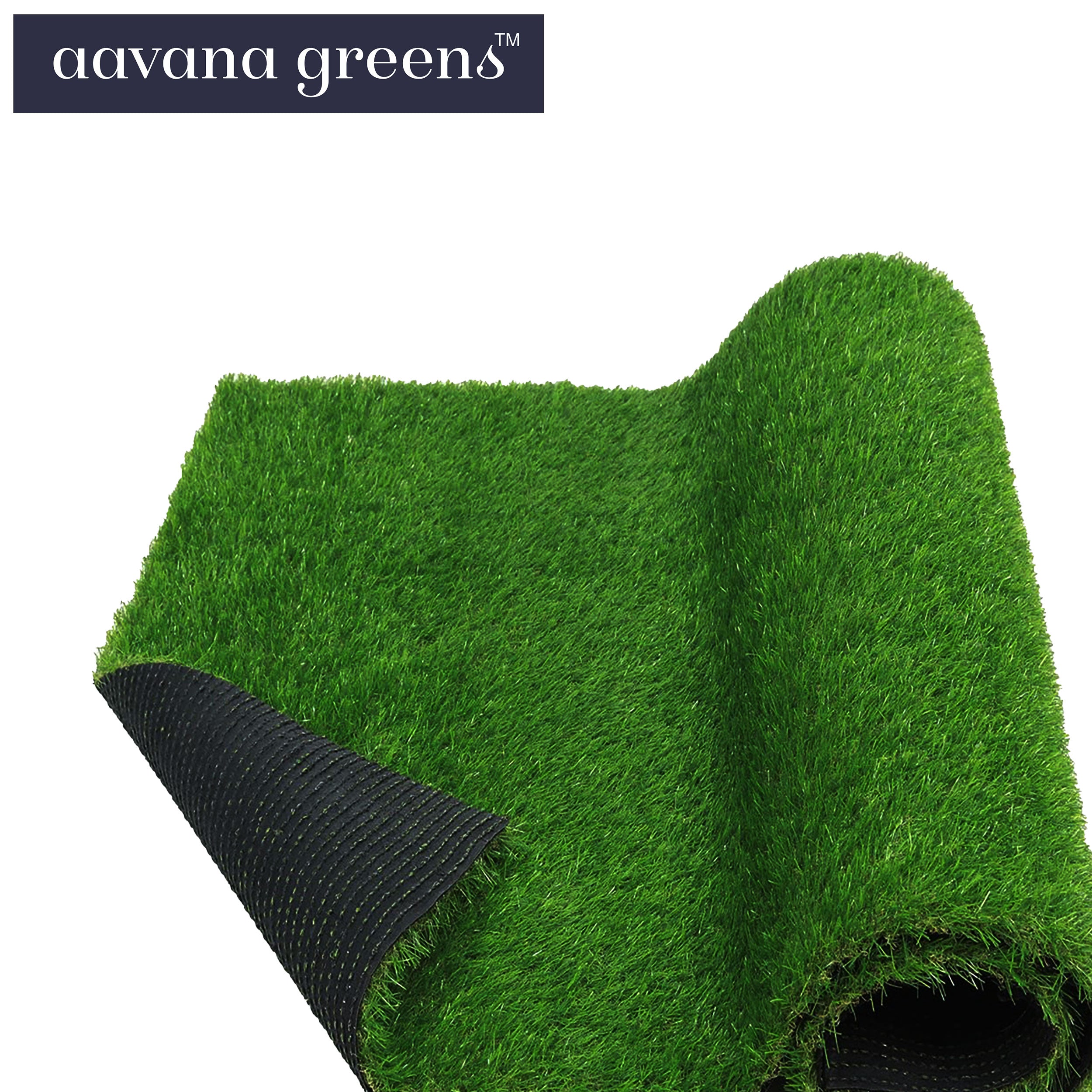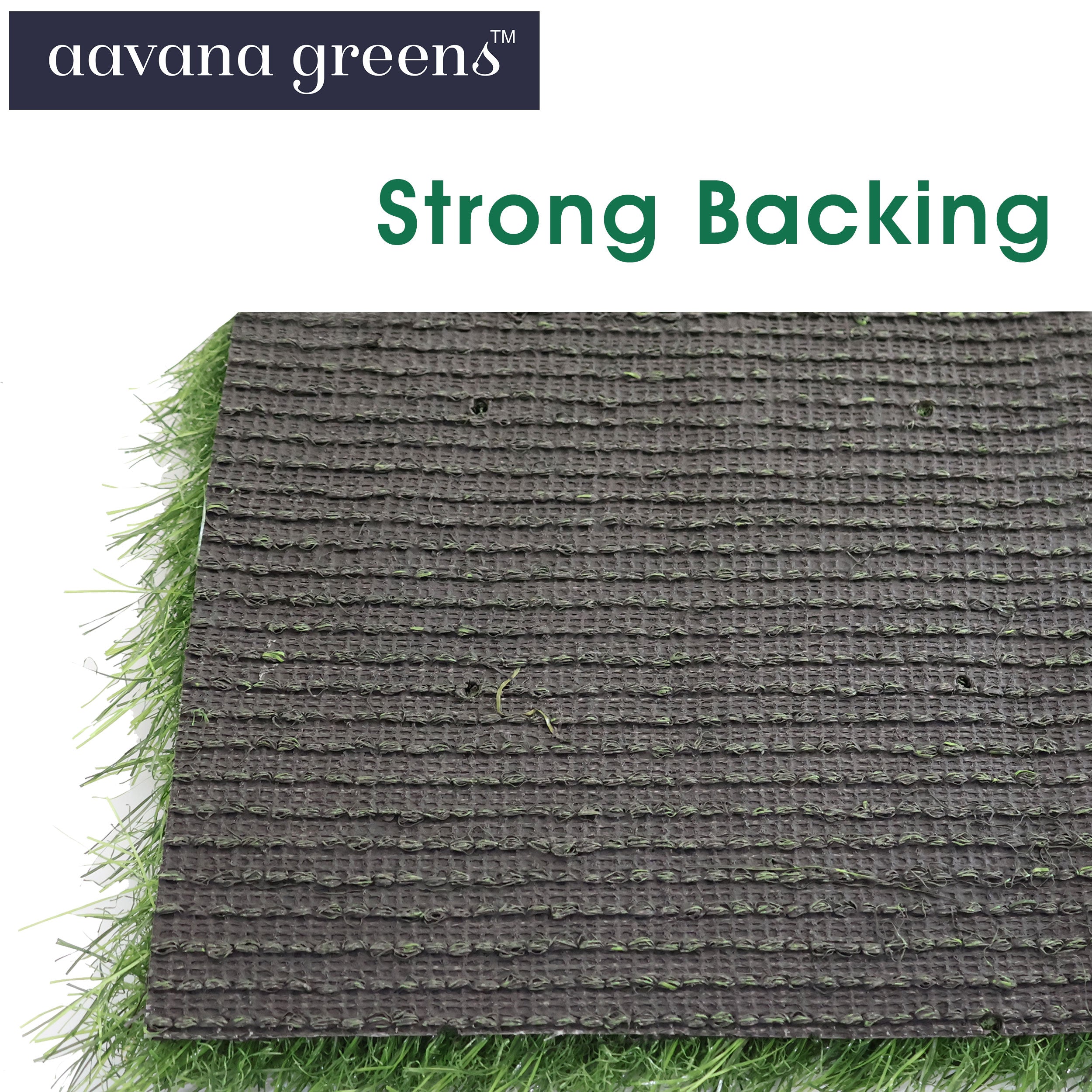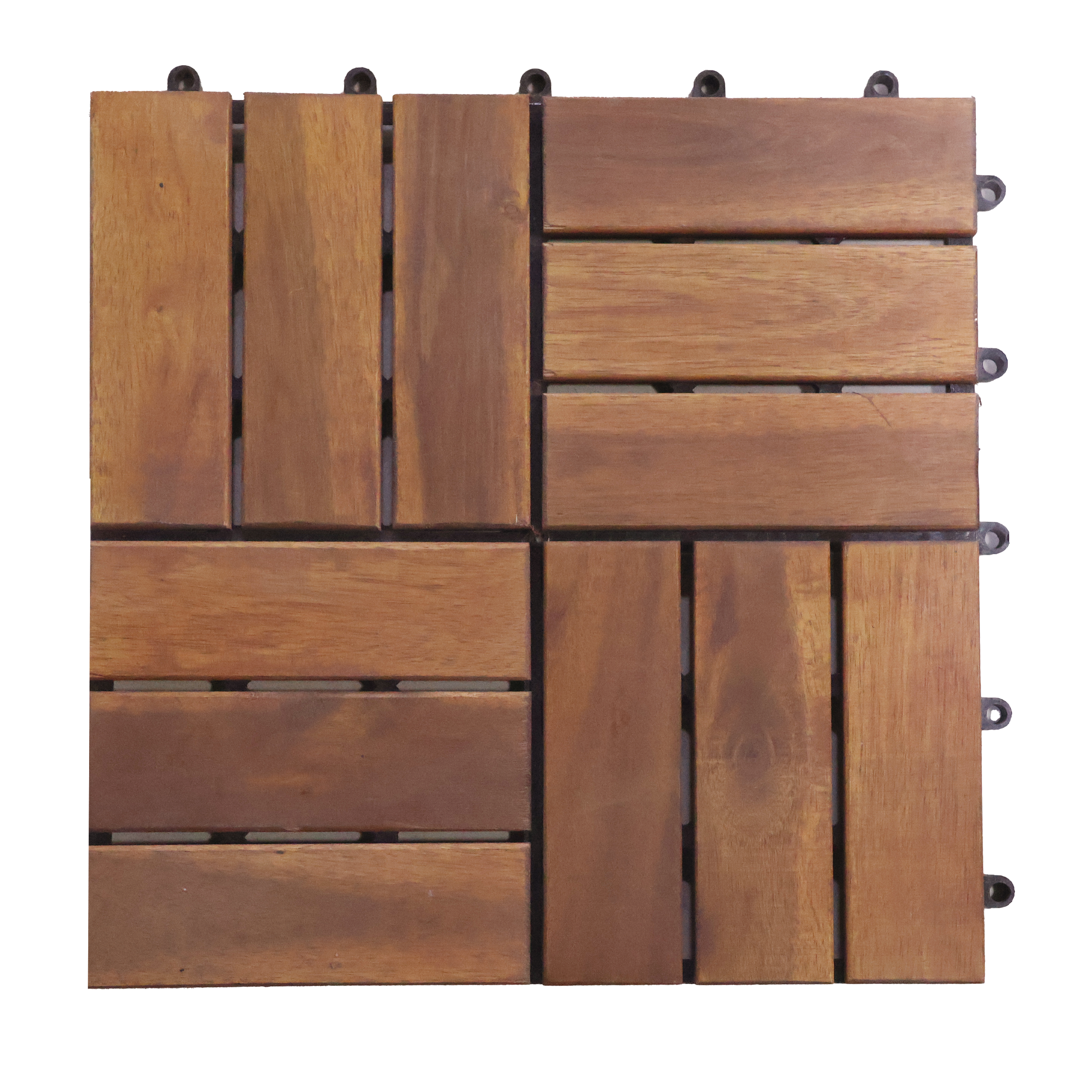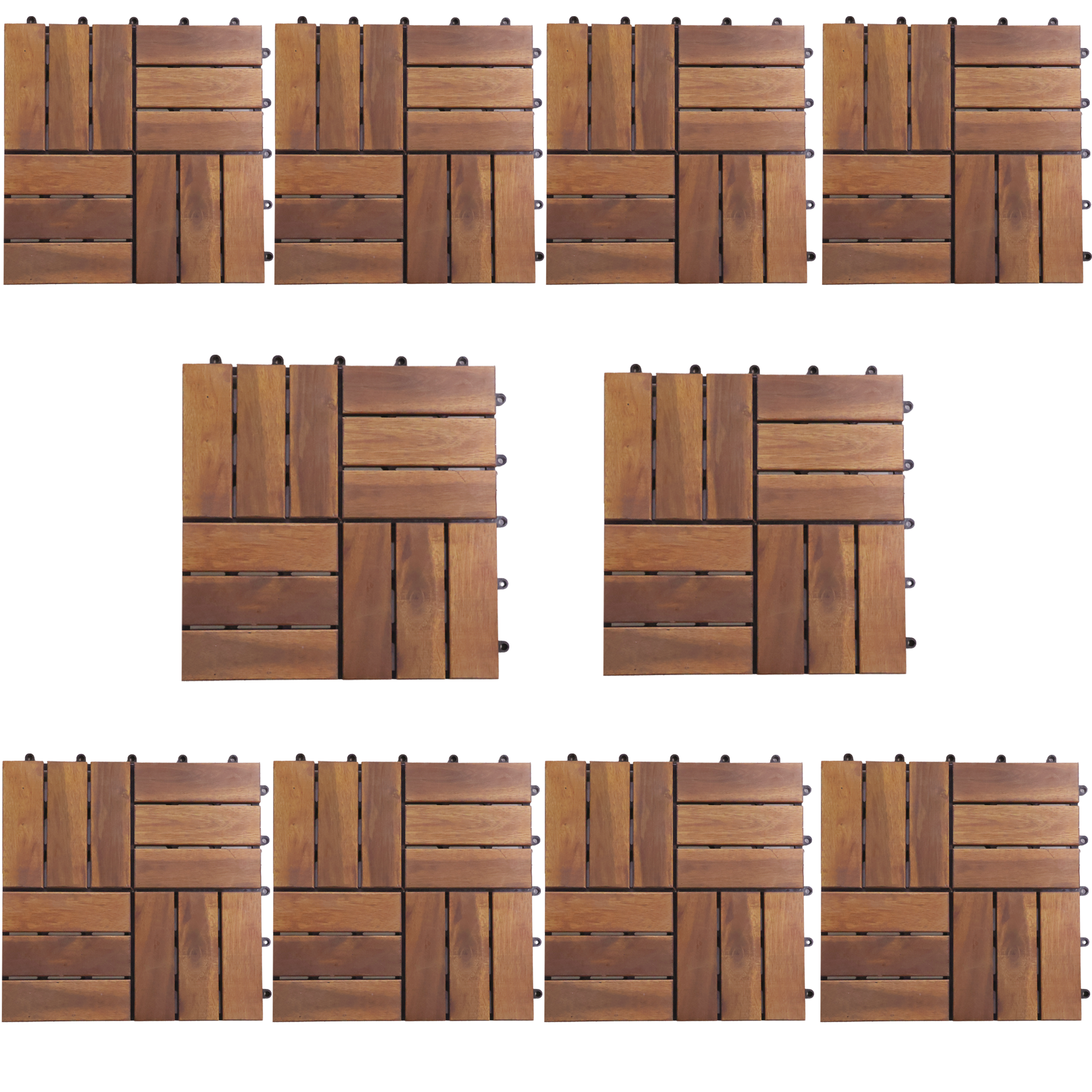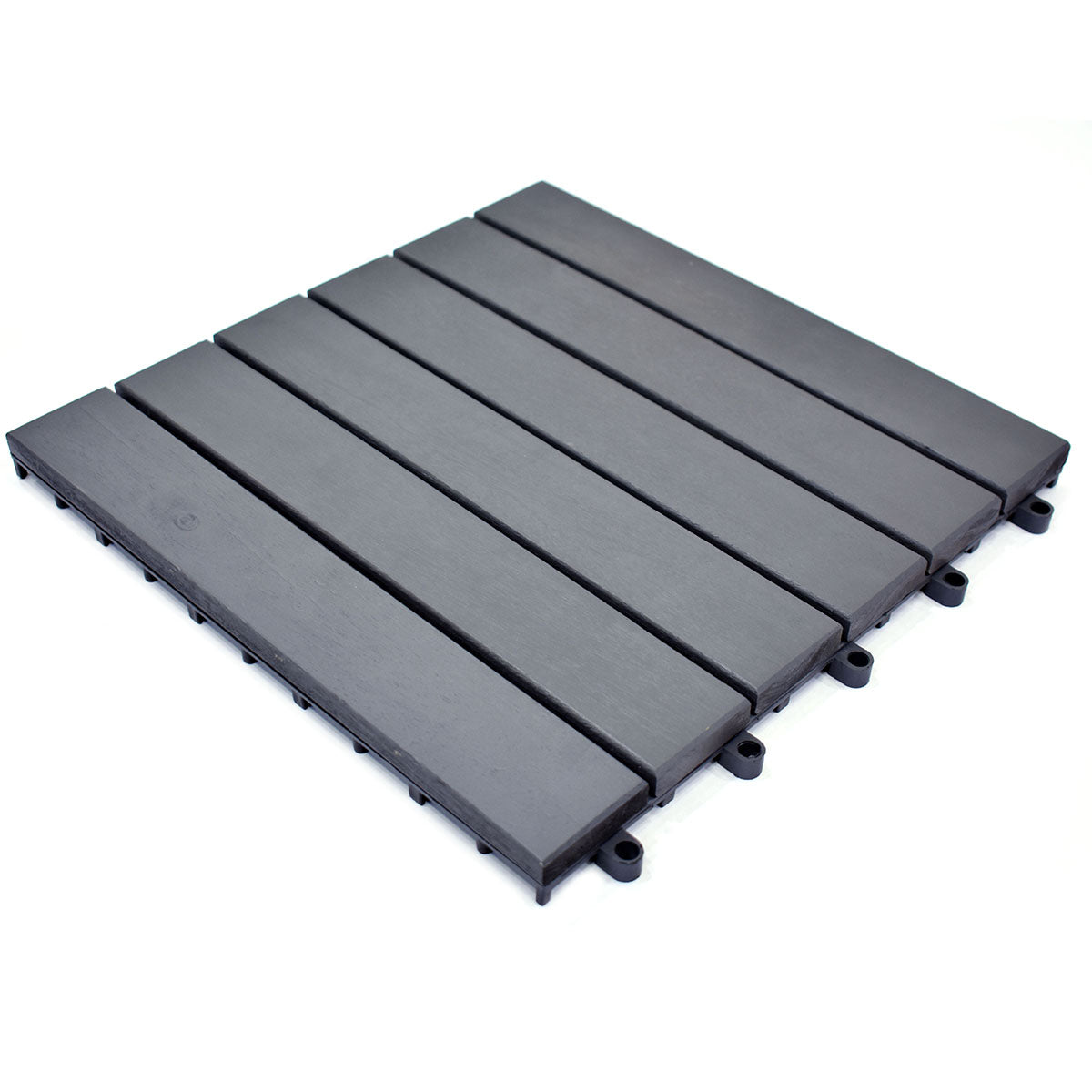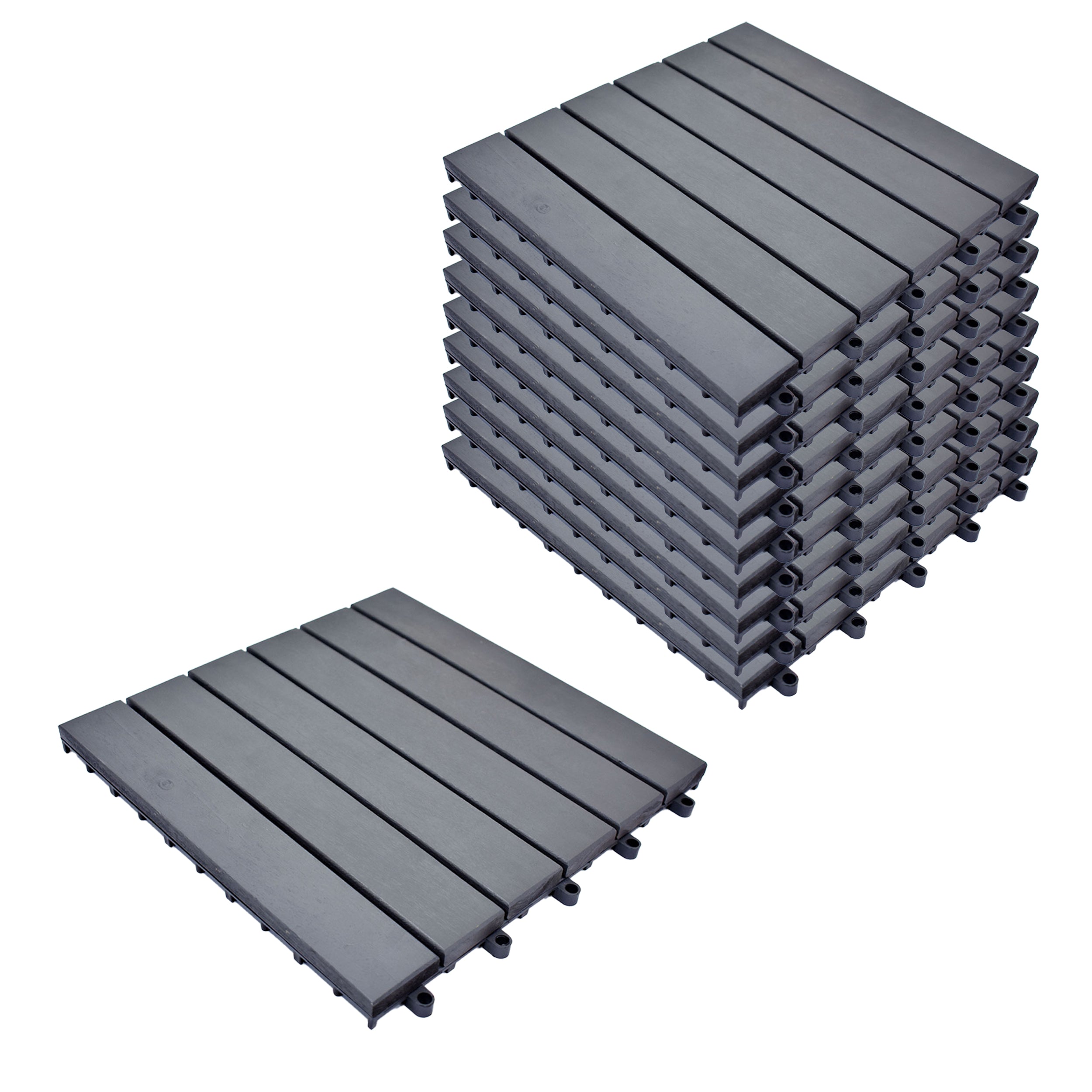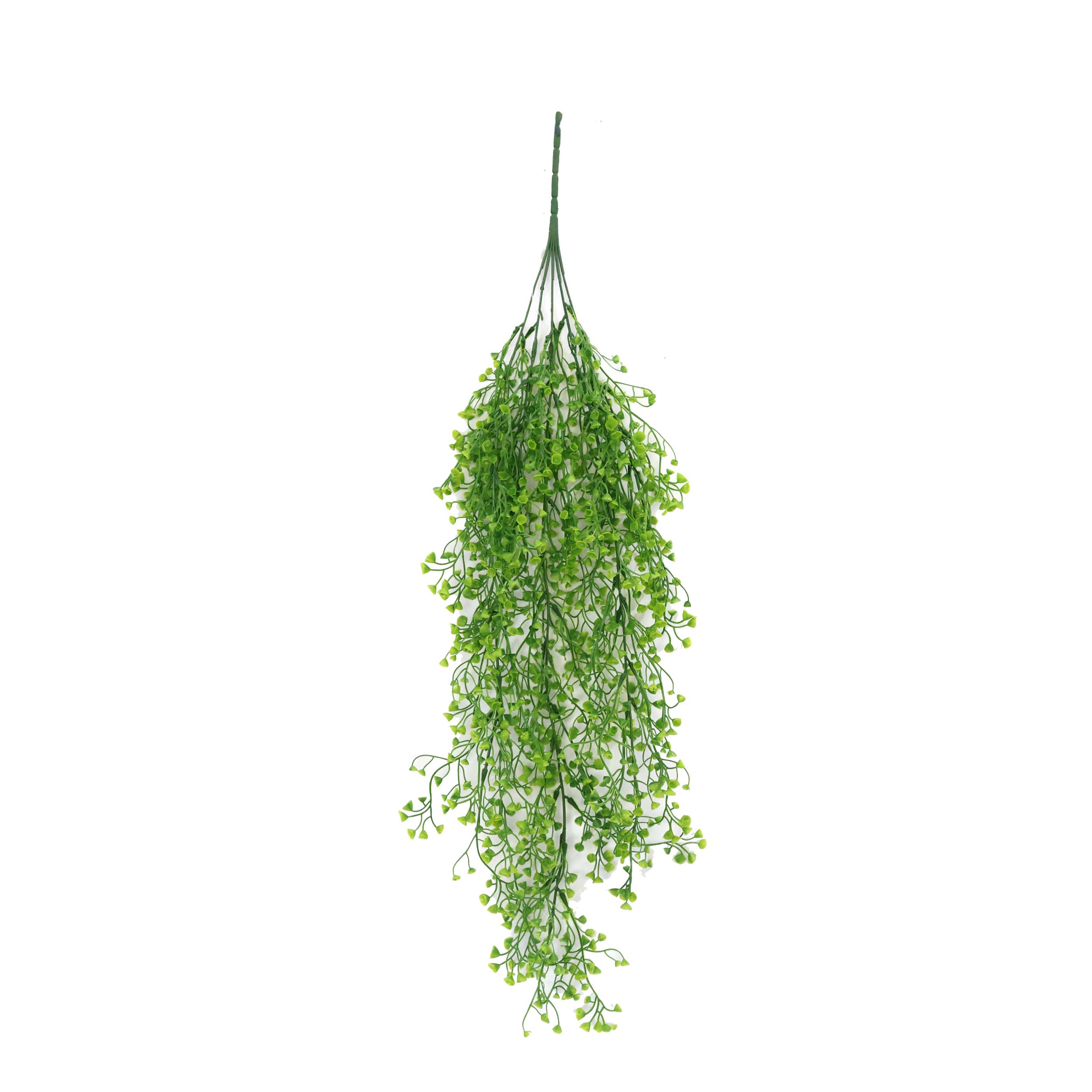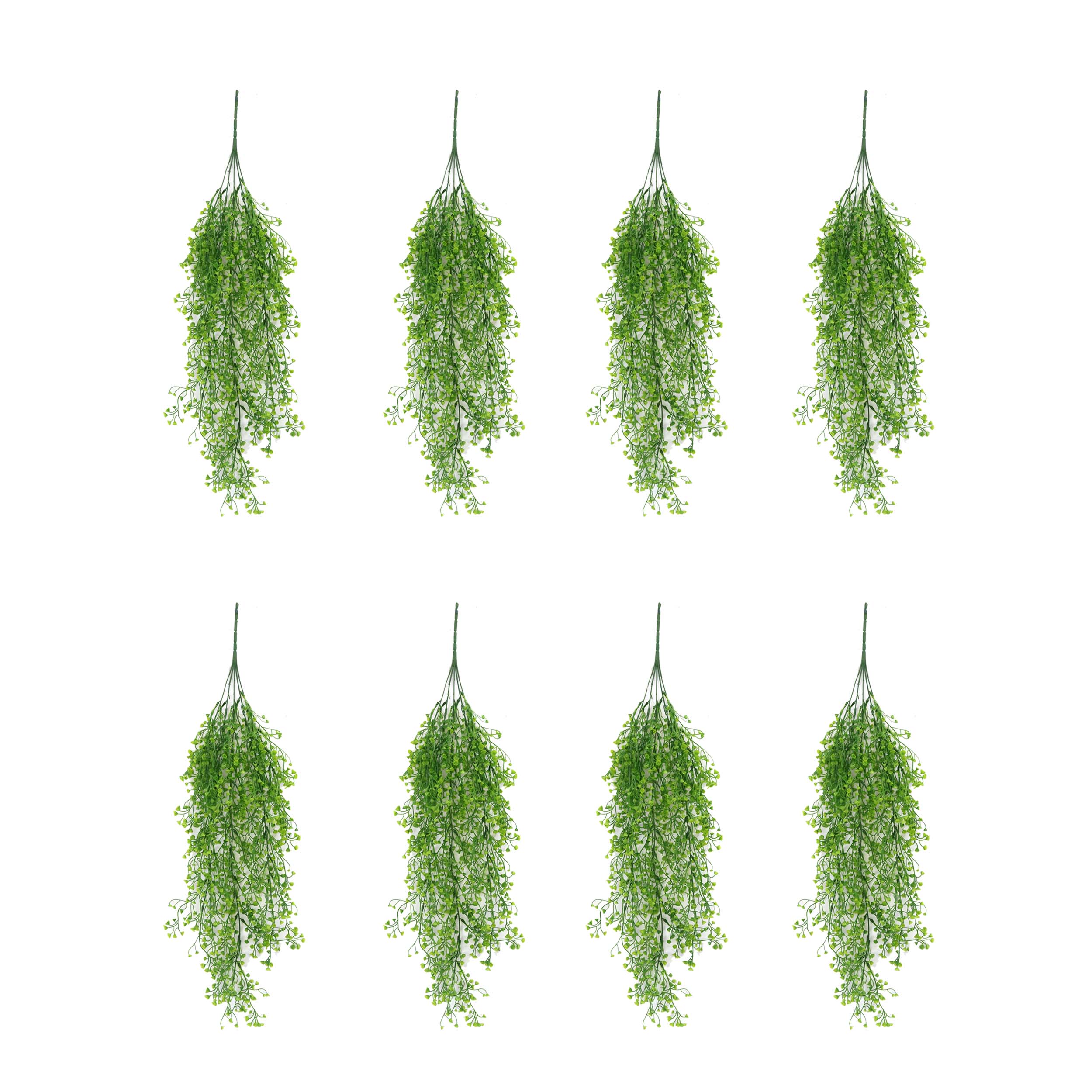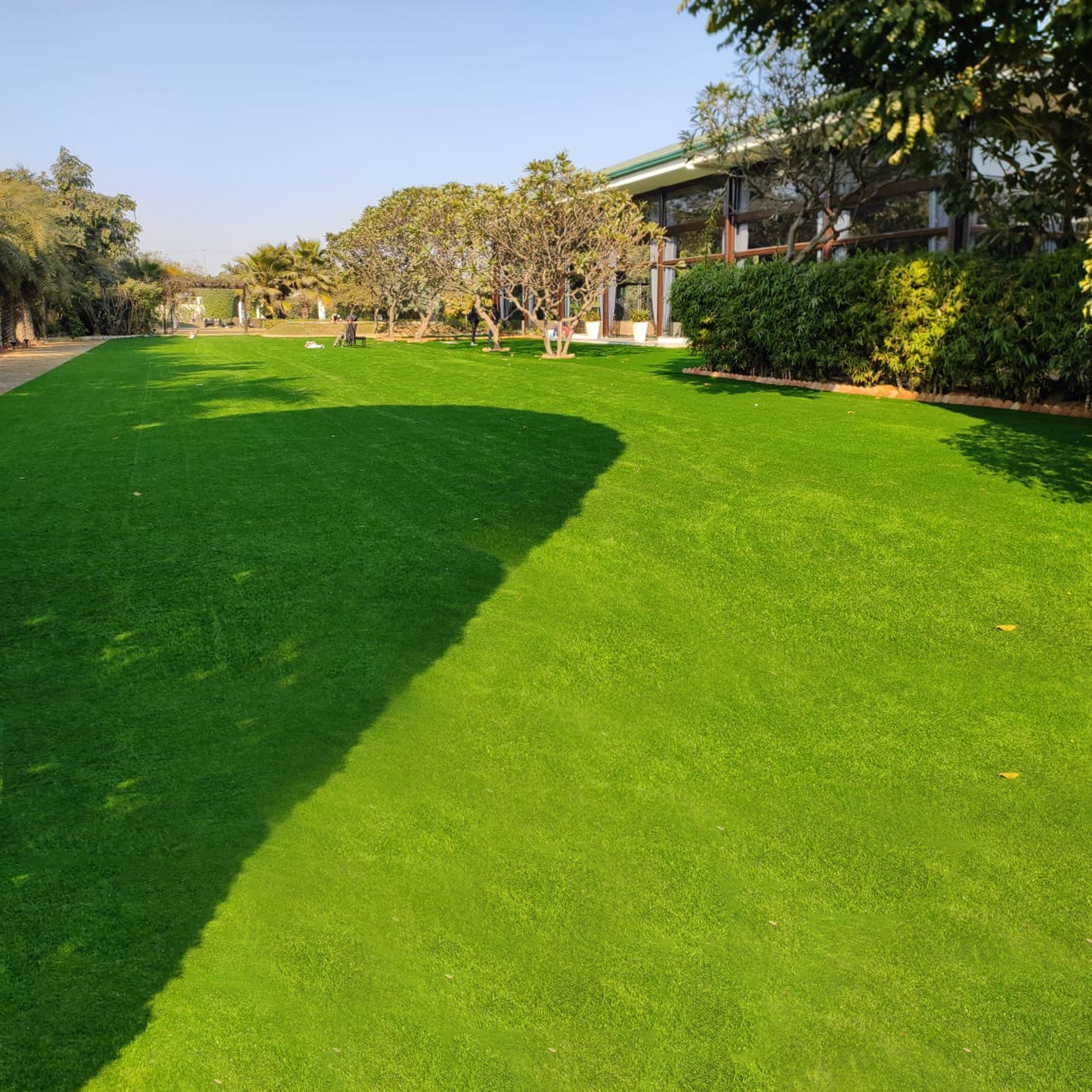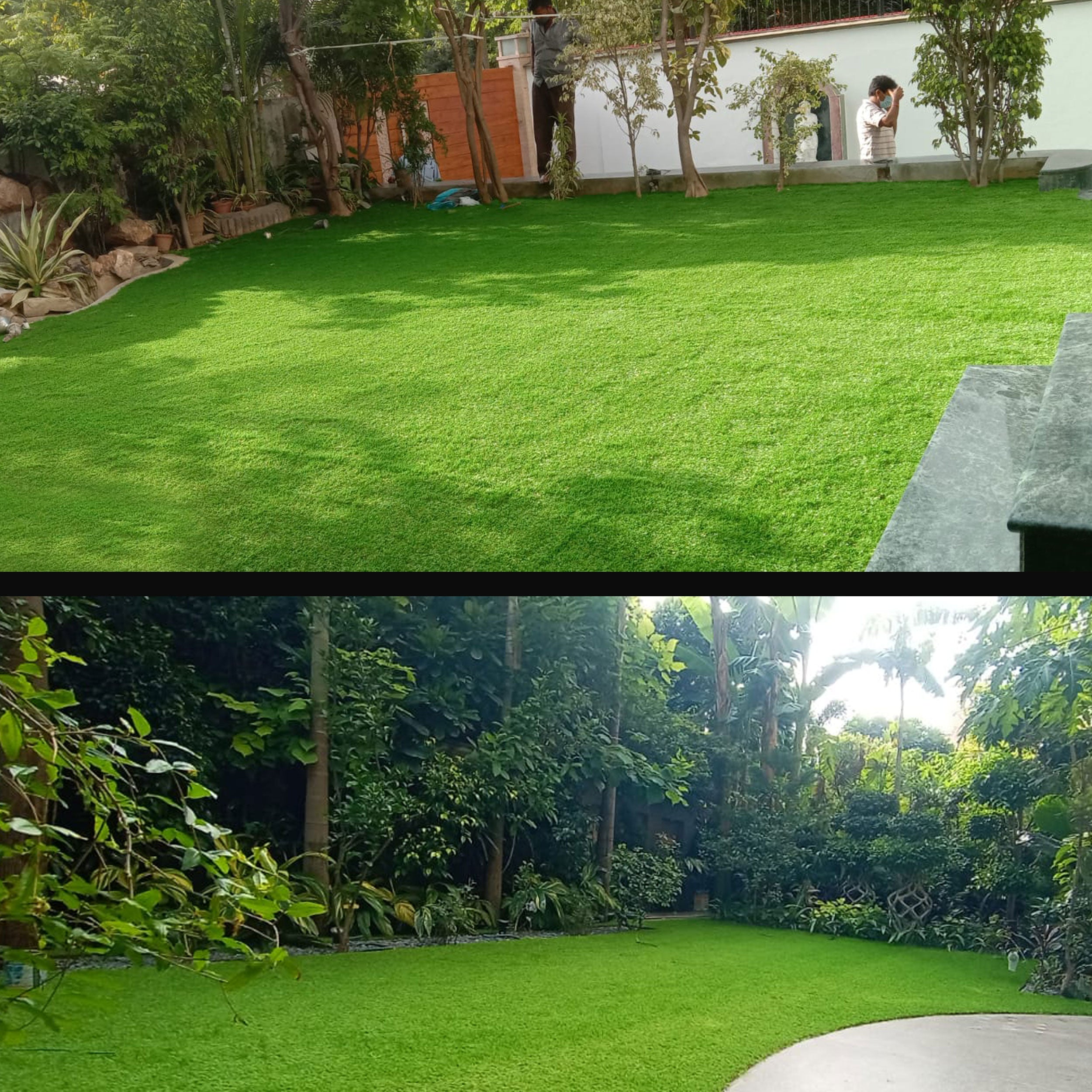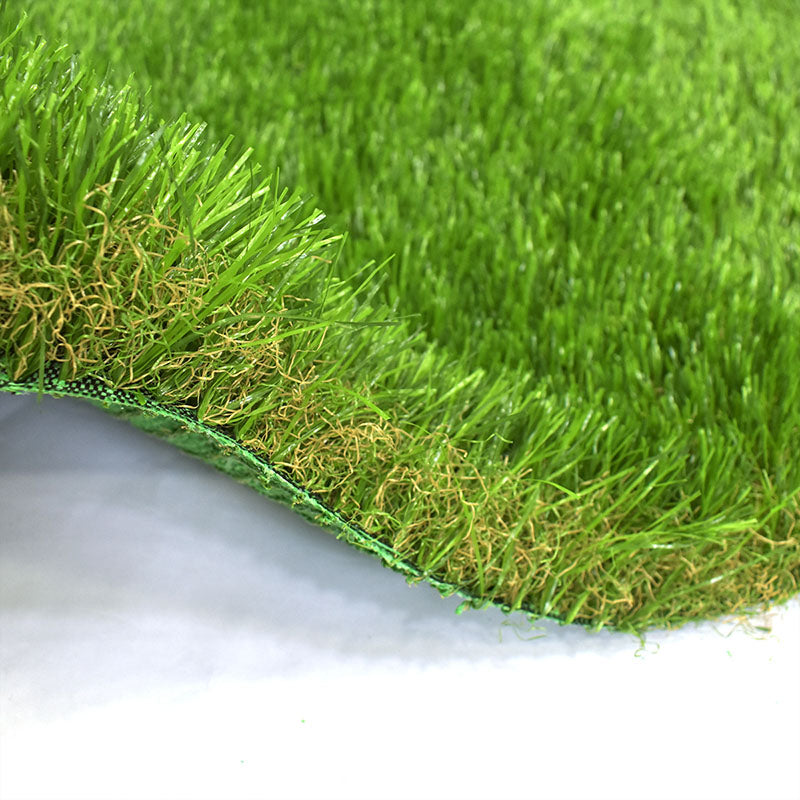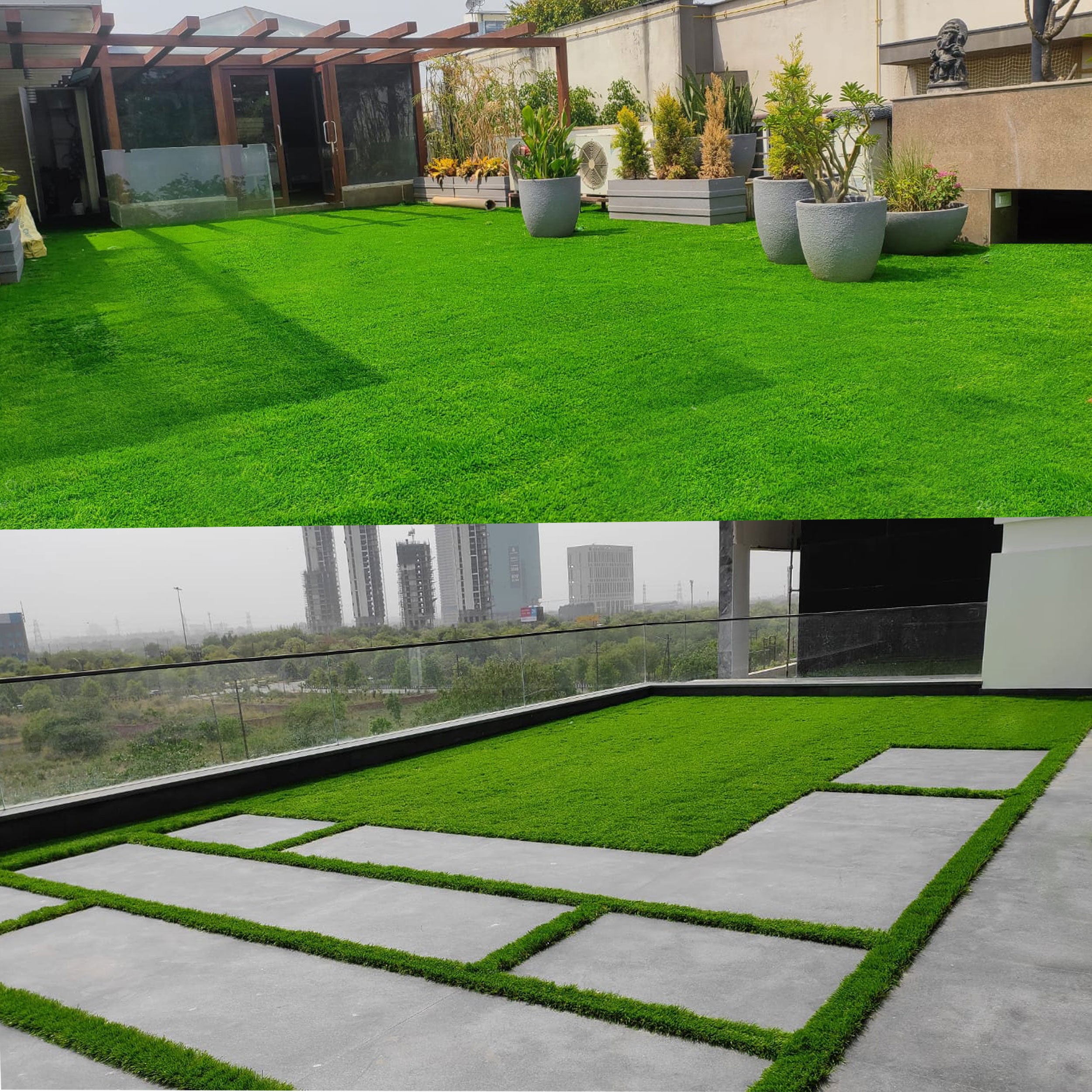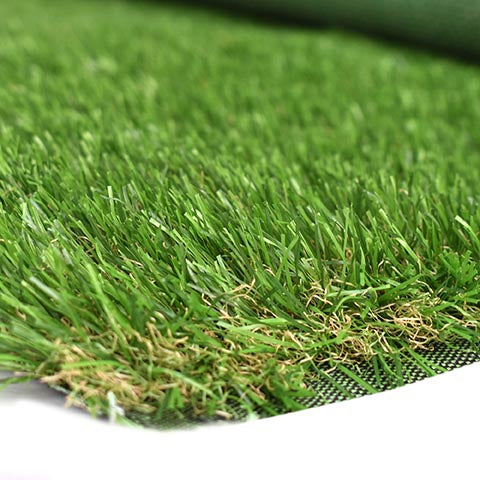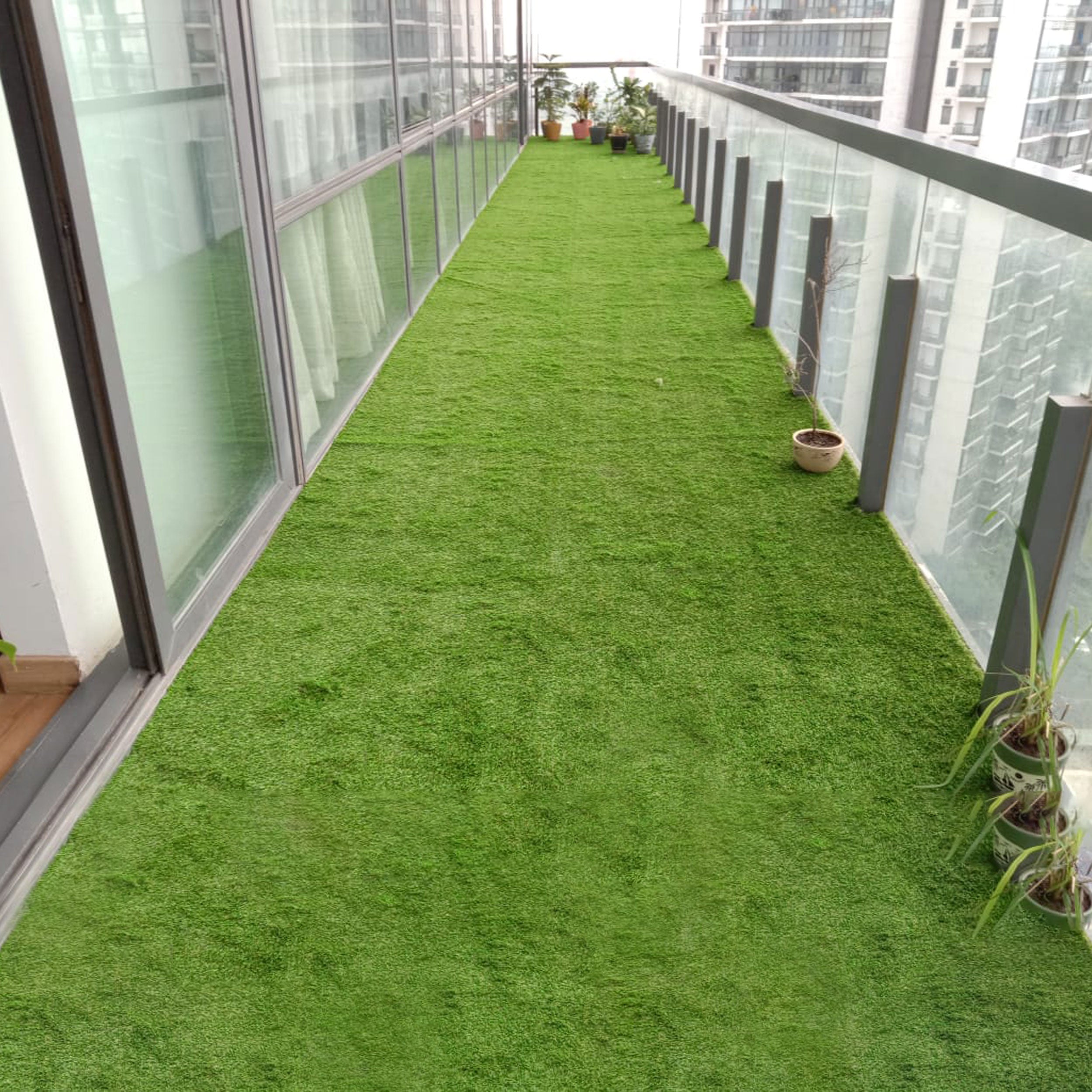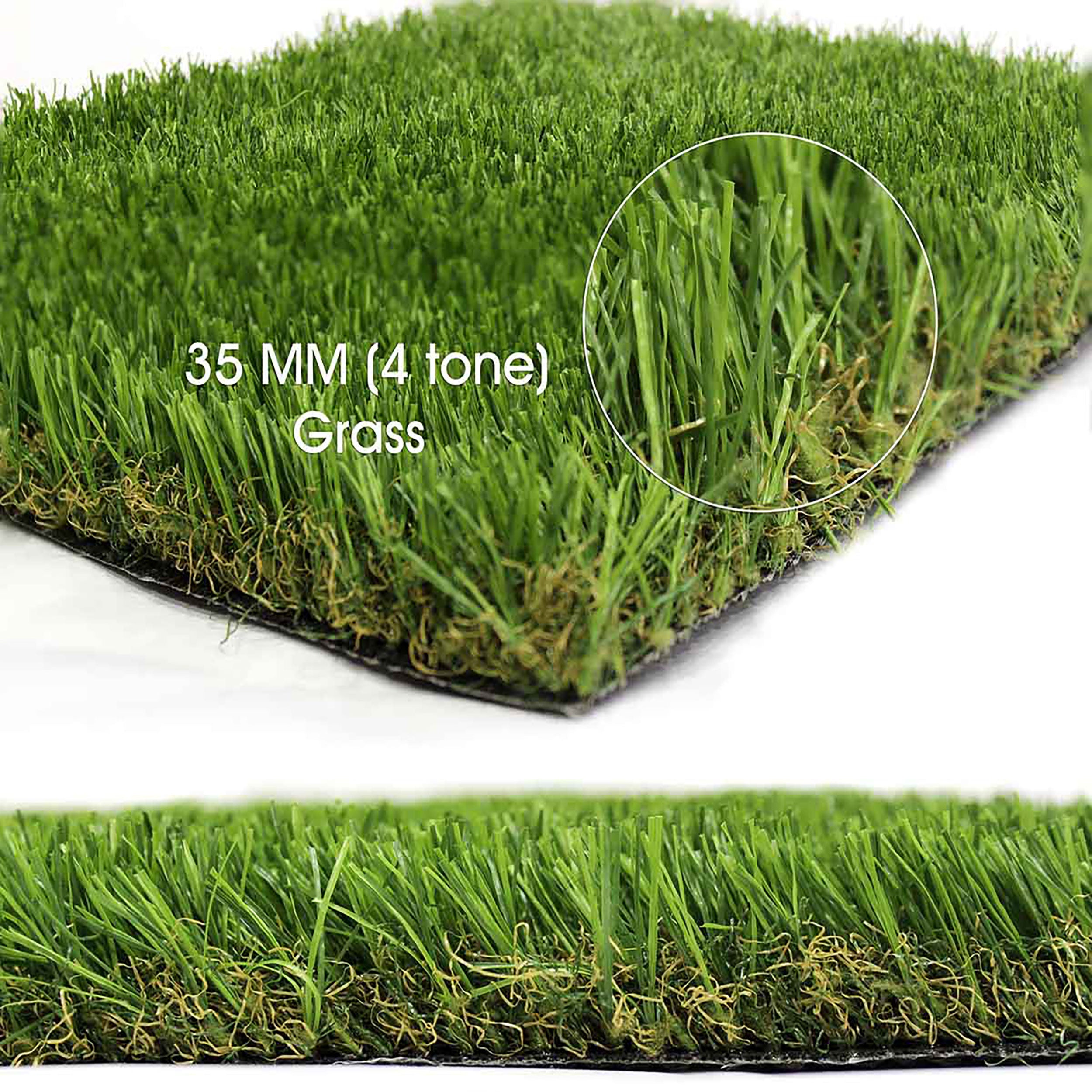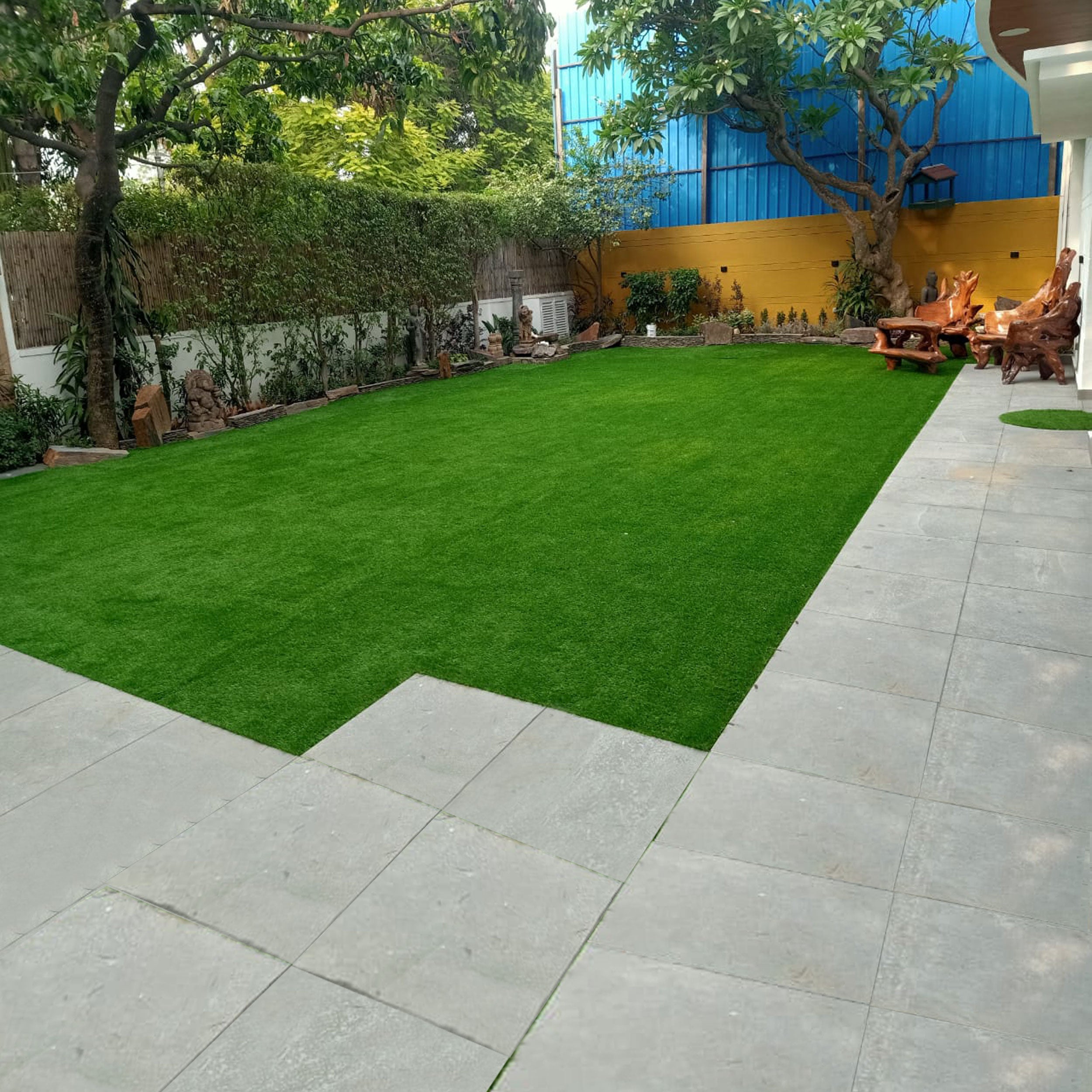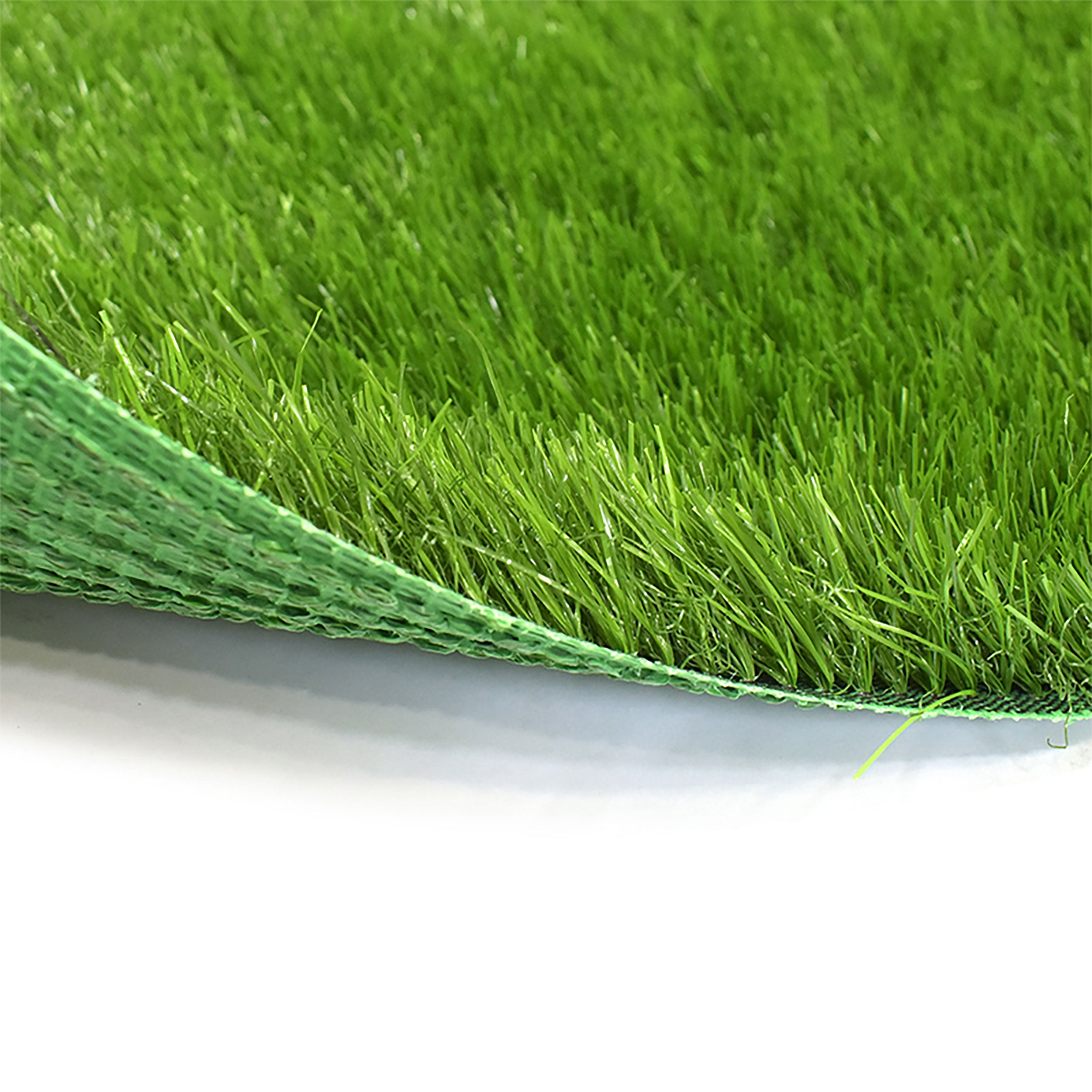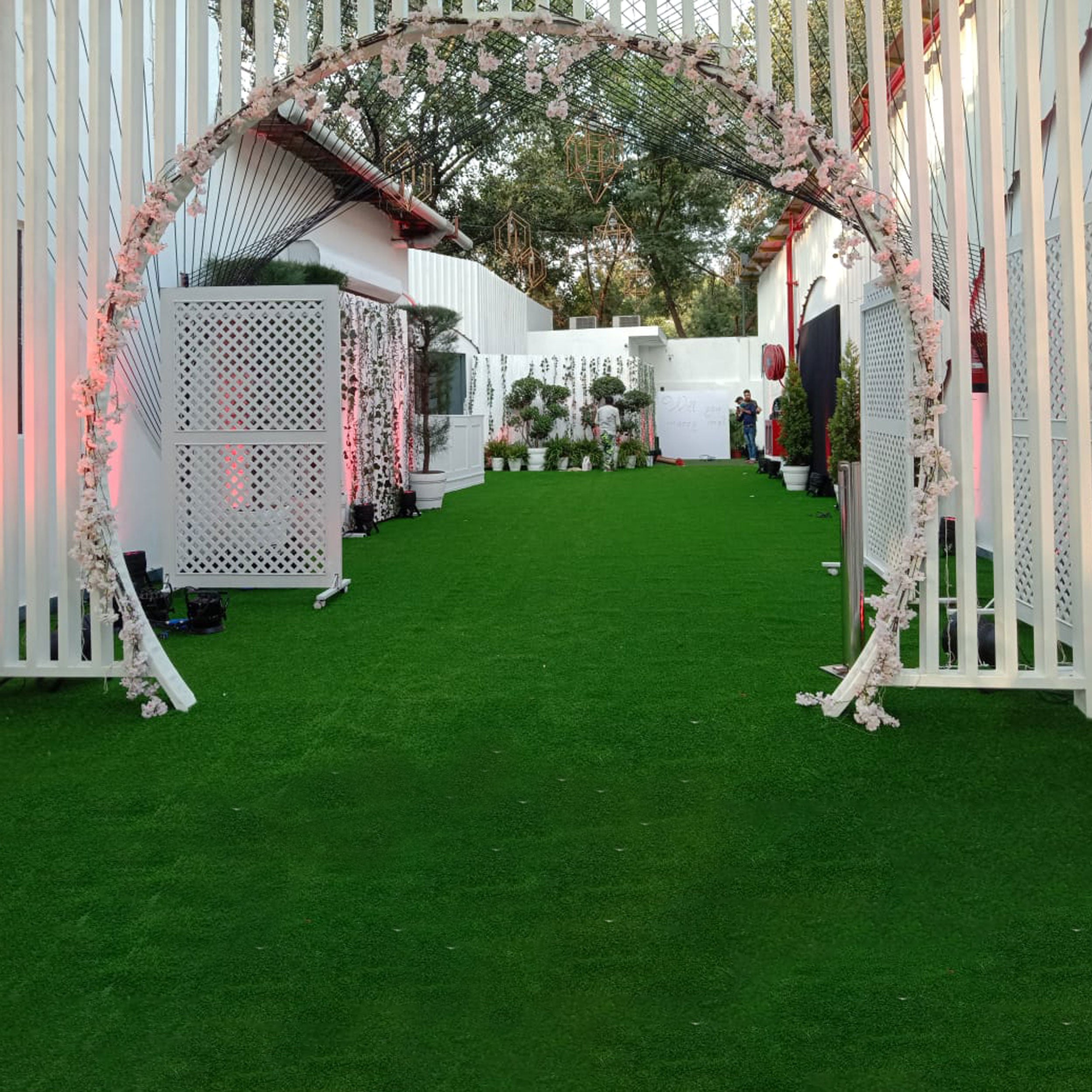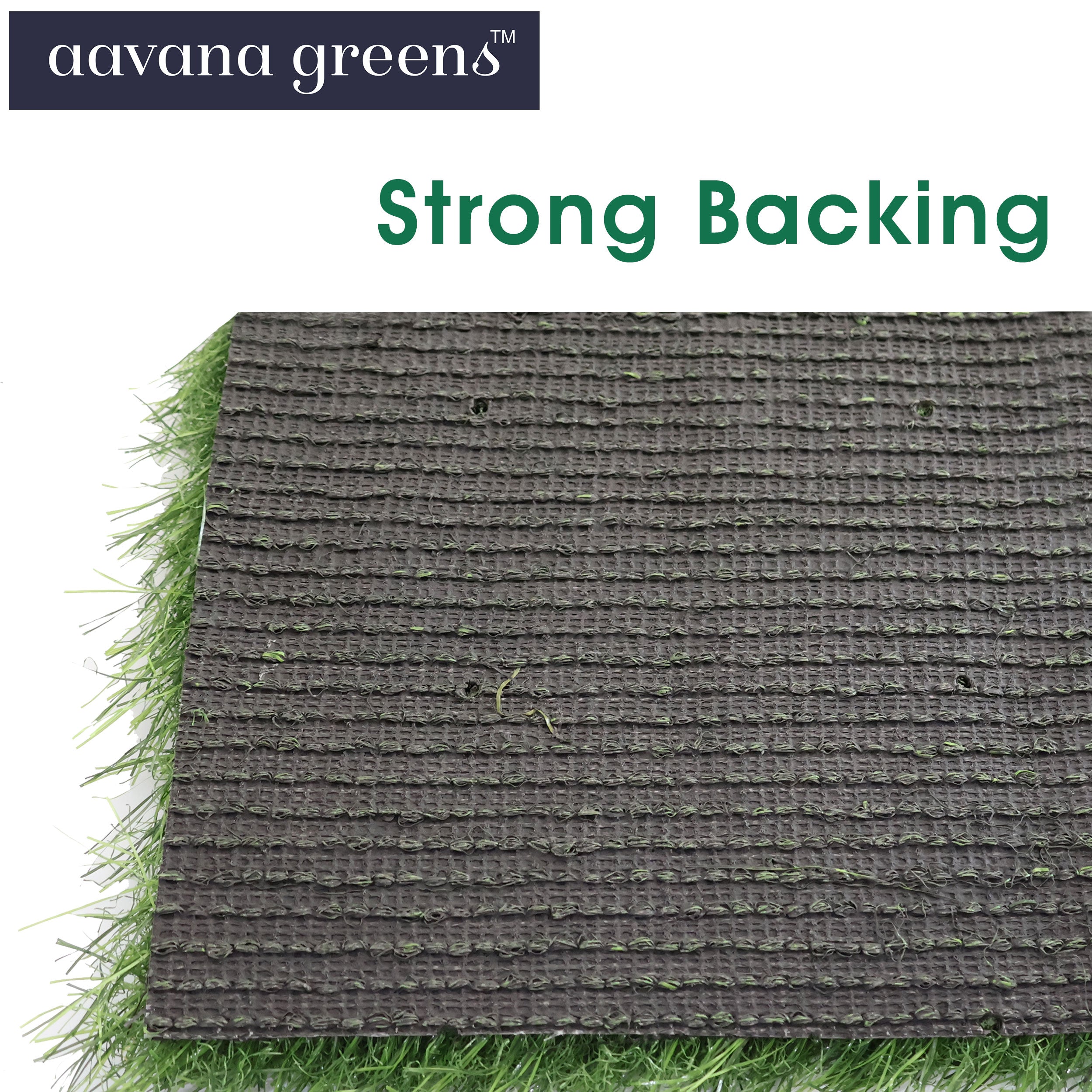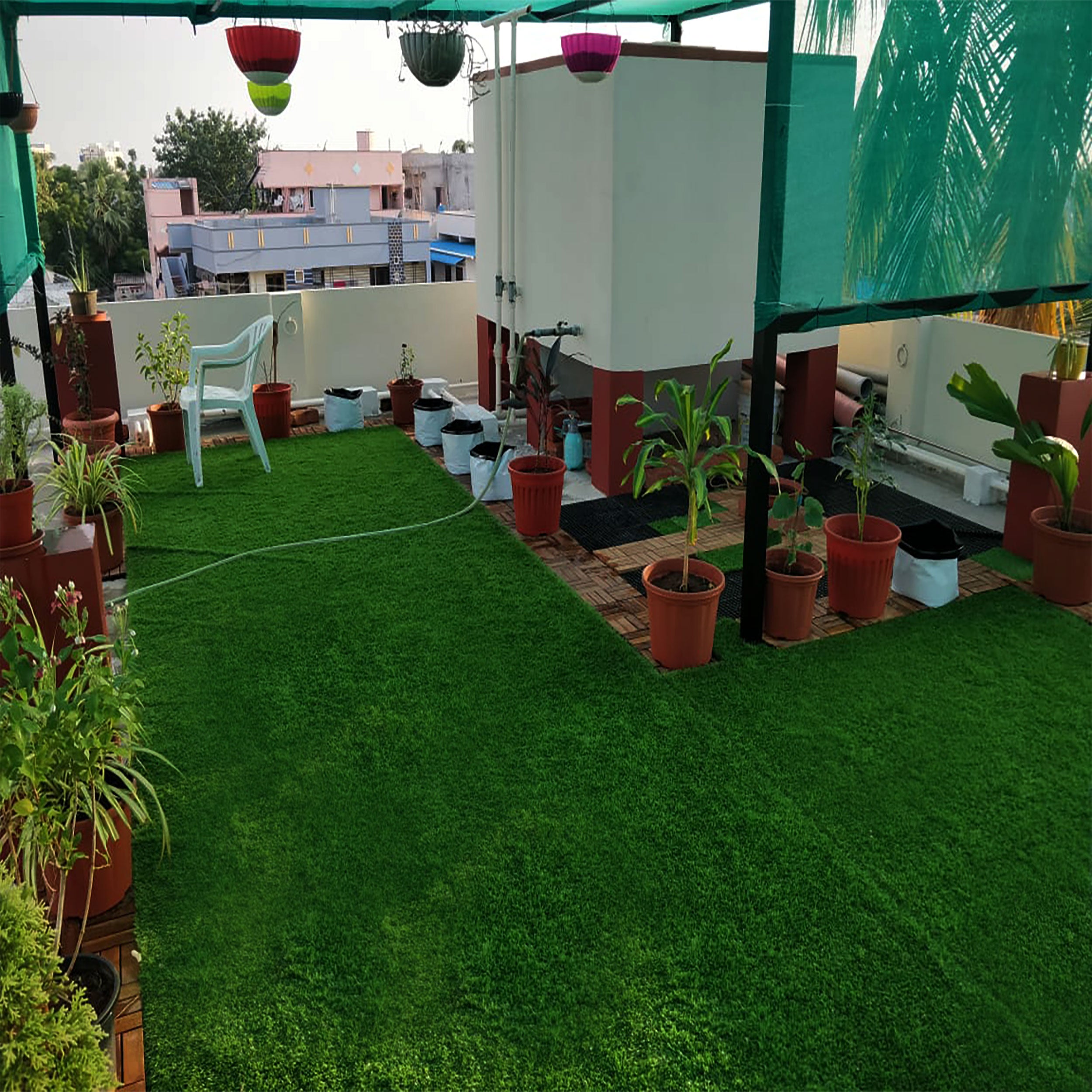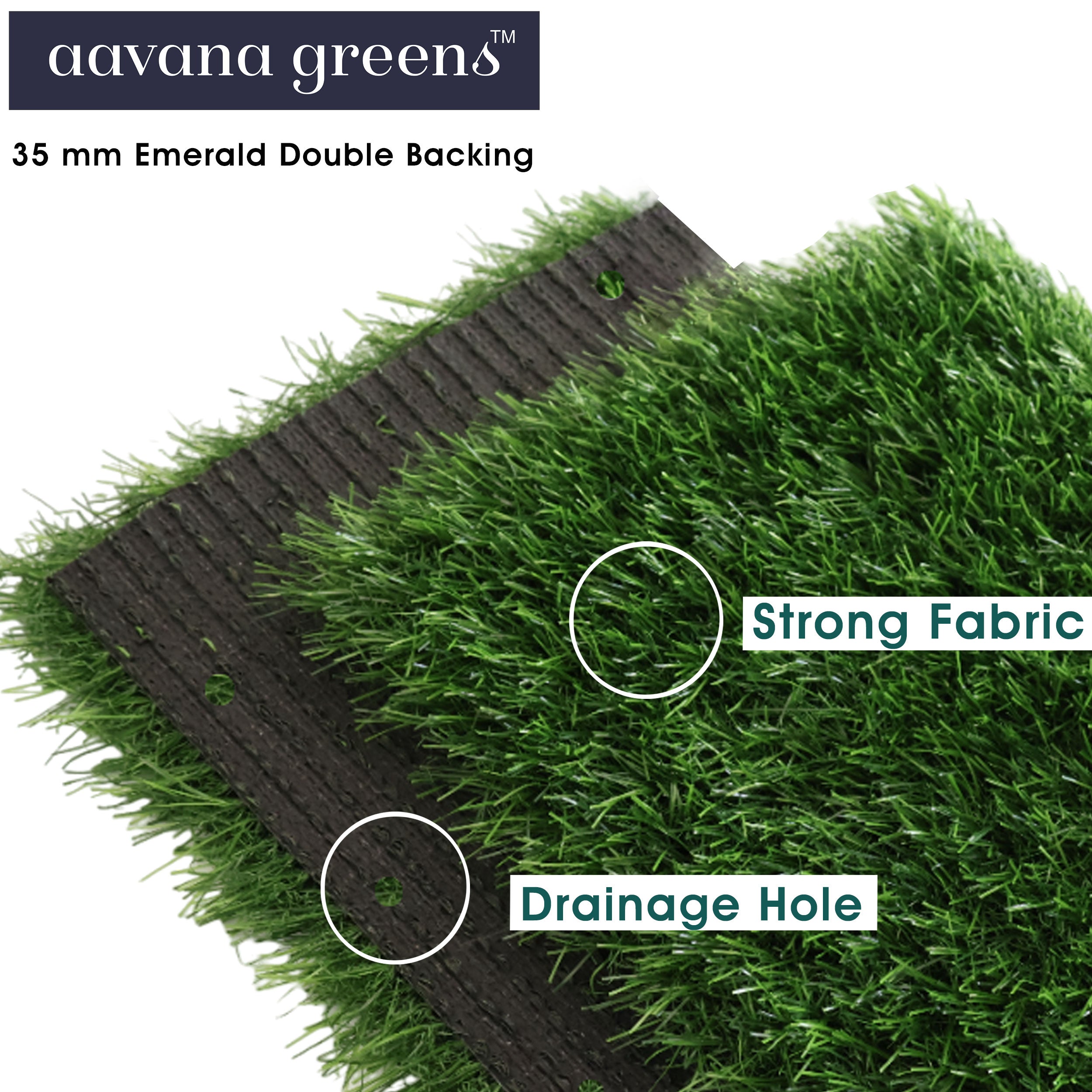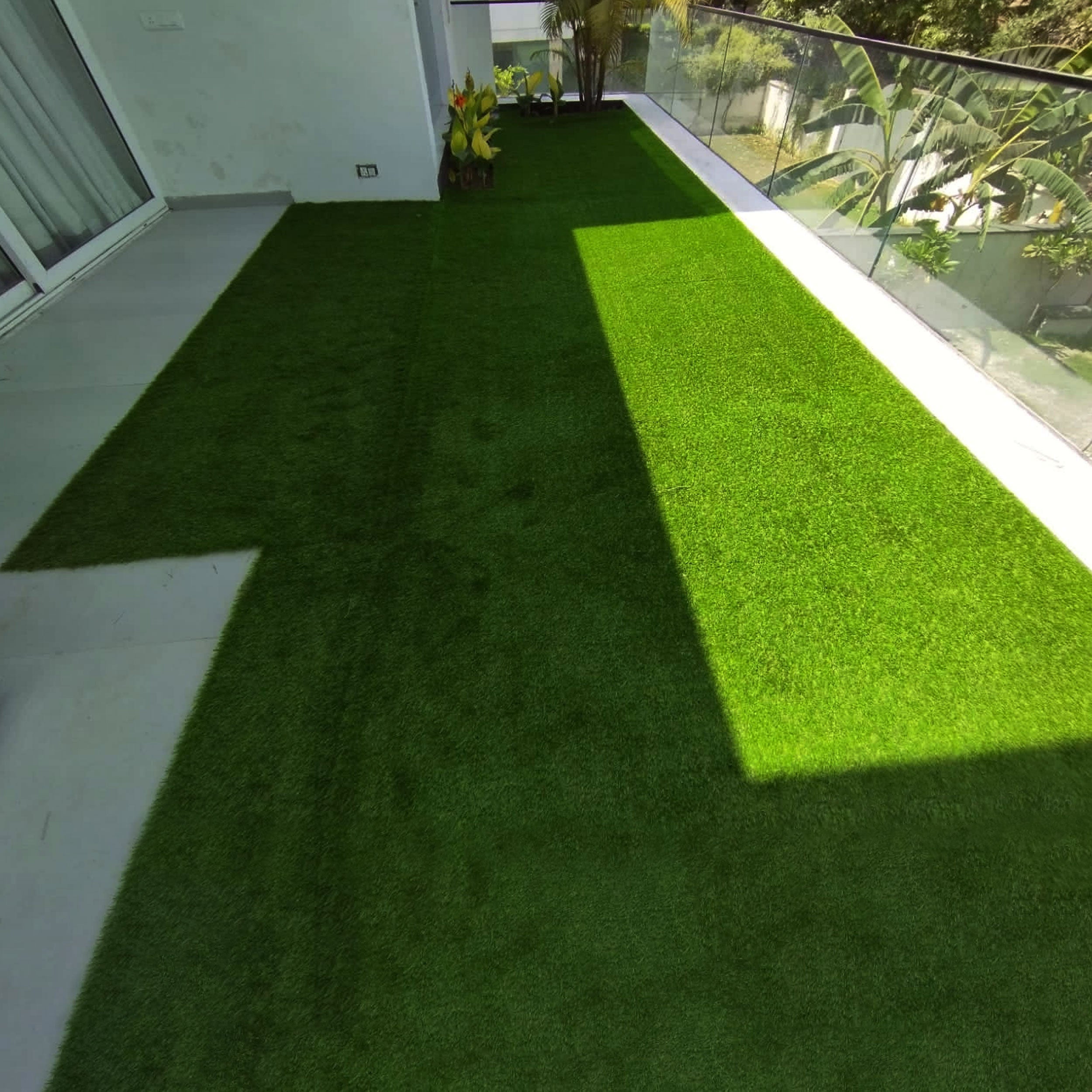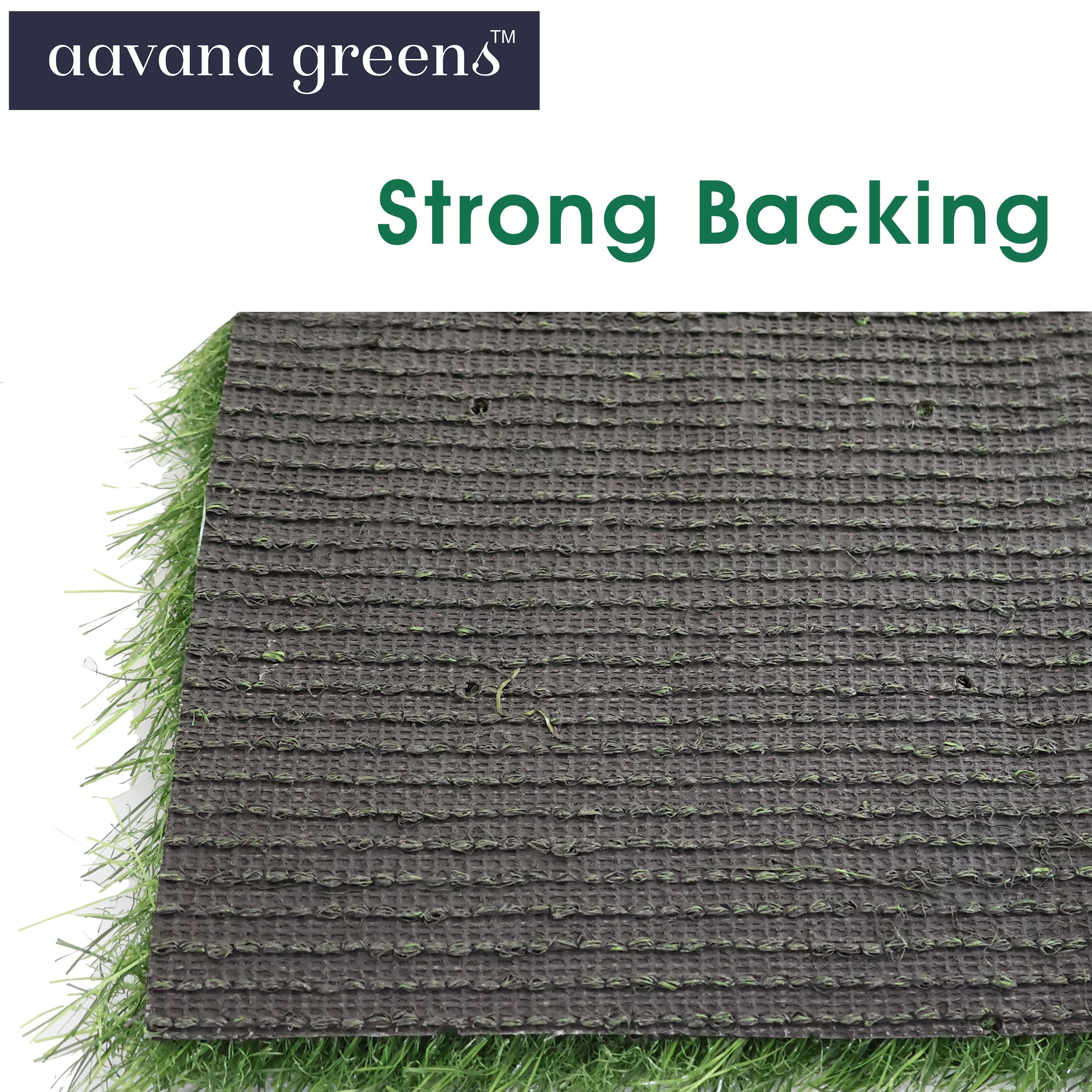
Artificial Plants in Outdoor Settings: Dos and Don’ts

Artificial plants can be a game-changer when decorating outdoor spaces, offering a low-maintenance way to introduce greenery and beauty. However, selecting the right artificial plants for outdoor use is essential to ensure they maintain their aesthetic appeal over time. Here are some tips to help you choose and care for outdoor faux plants effectively:
The first step in selecting artificial plants for outdoor use is to ensure they are weather-resistant. Look for plants that are specifically designed for outdoor environments and are UV-protected. UV protection is crucial as it prevents the plants from fading under the sun’s intense rays. Examples of outdoor faux plants that can withstand the elements and look vibrant throughout the year include boxwoods, bamboo, and topiaries. These plants are designed to endure various weather conditions and retain their visual appeal.
While artificial plants can enhance outdoor spaces, there are certain areas where they should be used with caution. Avoid placing faux plants in regions prone to heavy rain or strong winds, as prolonged exposure to harsh weather conditions can degrade even the highest quality artificial plants. If you choose to place faux plants in these areas, ensure they are securely anchored to prevent them from being blown away or damaged. Consider using pots with weighted bases or anchoring stakes to stabilise the plants.
To keep your outdoor artificial plants looking their best, regular cleaning is essential. Dust and dirt can accumulate on the plants, especially after a storm or during seasonal changes. Periodically wipe down the leaves and stems with a damp cloth to restore their fresh appearance. For more thorough cleaning, you can use a mild soap solution and rinse the plants with water. Regular maintenance will help maintain the vibrant and lifelike appearance of your faux plants.
One of the advantages of artificial plants is their flexibility and ease of storage. As the seasons change, you can update your outdoor decor by rotating different faux plants to match the seasonal theme. For example, you can use artificial poinsettias and holly during the winter months and switch to bright tropical plants for the summer. When not in use, store the artificial plants in a cool, dry place to prevent damage. Proper storage will extend the lifespan of your faux plants, allowing you to reuse them year after year.
To create a natural and cohesive look, consider mixing artificial plants with real ones. This combination can add depth and authenticity to your outdoor decor. Place real plants in areas where they can thrive, such as shaded spots or well-drained soil, and use artificial plants to fill in gaps or add greenery to challenging areas. This blend of real and faux plants will create a lush and dynamic outdoor space.
When purchasing artificial plants for outdoor use, it’s worth investing in high-quality options. While they may come with a higher upfront cost, quality artificial plants are designed to last longer and withstand outdoor conditions better. Look for plants made from durable materials,
such as weather-resistant plastics and fabrics. High-quality faux plants will provide a more realistic appearance and greater longevity, making them a worthwhile investment for your outdoor decor.
By following these tips, you can effectively incorporate artificial plants into your outdoor spaces, enhancing their beauty and maintaining their aesthetic appeal over time. With careful selection, proper placement, regular maintenance, and thoughtful arrangement, outdoor artificial plants can create a stunning and low-maintenance green oasis that you can enjoy year-round.


